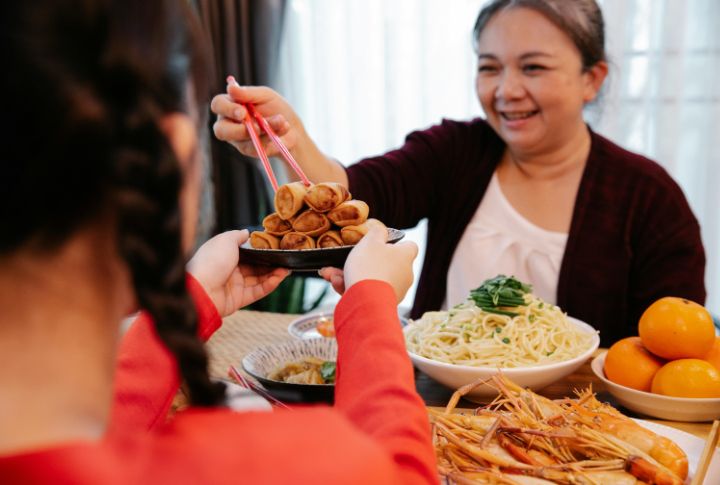
Not every delicious meal has to arrive in a plastic container. Chinese cooking at home just feels right once you know what to try. Some dishes are saucy, others spicy, and a few are surprisingly simple. But all of them? Packed with the kind of flavor that earns second helpings. So, keep reading to discover 20 Chinese recipes that hit the sweet spot between soothing comfort and rich flavors.
Mapo Tofu
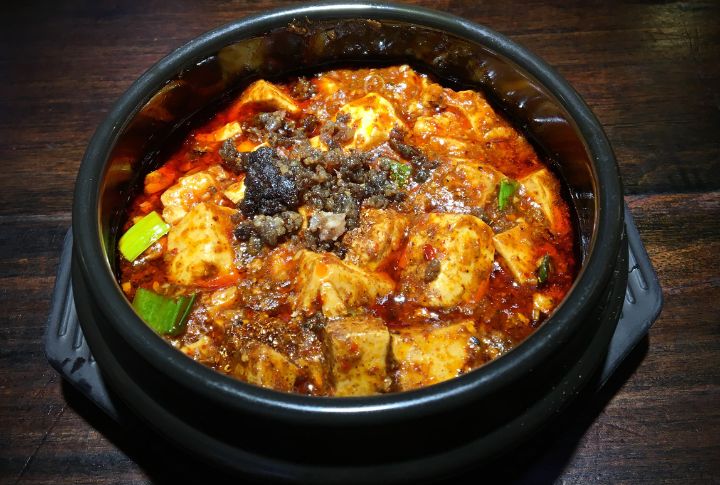
Originating from Sichuan province, Mapo Tofu features soft tofu cooked in a spicy, oily sauce made from doubanjiang (fermented broad bean and chili paste) and douchi (fermented black beans). It is accompanied by minced beef or pork. The dish is famous for its mala (numbing and spicy) flavor, a hallmark of Sichuan cuisine.
Kung Pao Chicken
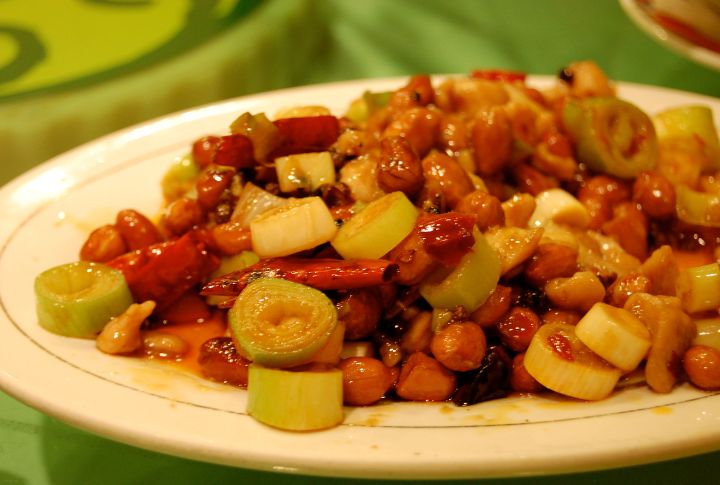
Another Sichuan classic, Kung Pao Chicken, combines diced chicken stir-fried with peanuts and Sichuan peppercorns. The sauce blends vinegar and sugar, balancing sweet, sour, and spicy flavors. This dish is celebrated for its contrasting textures and the signature tingly sensation from the peppercorns.
Beef Chow Fun
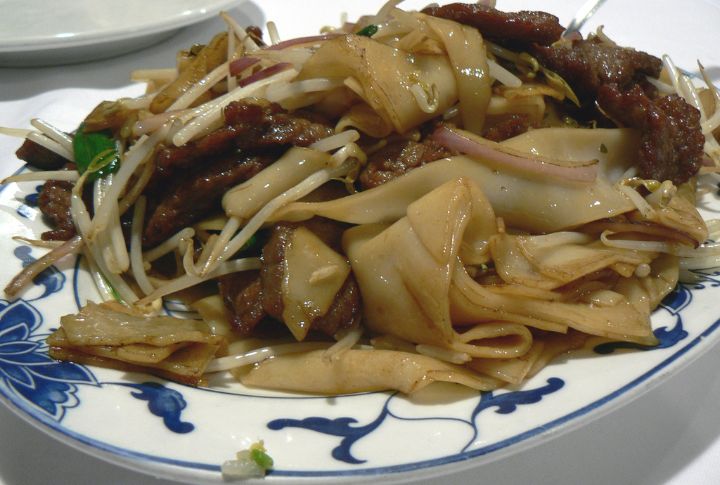
Beef Chow Fun consists of stir-fried ho fun (wide rice noodles) with tender slices of beef and scallions. Bean sprouts are added in some varieties. Its seasoning includes soy sauce and sometimes oyster sauce, which deliver a savory depth. Achieving the characteristic wok hei—a smoky flavor from stir-frying over high heat—is key to its authentic taste.
Eggplant With Garlic Sauce
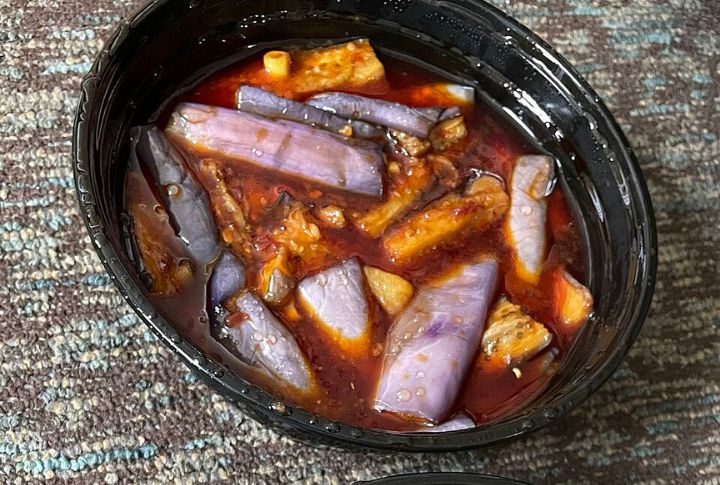
As a Sichuan dish, this recipe is a favorite among vegetarians and meat-eaters alike for its taste and satisfying texture. It features tender eggplant stir-fried in a savory garlic sauce that balances spicy, sweet, and sour notes. The eggplant absorbs the flavors deeply, resulting in a rich and aromatic dish.
Hot And Sour Noodles
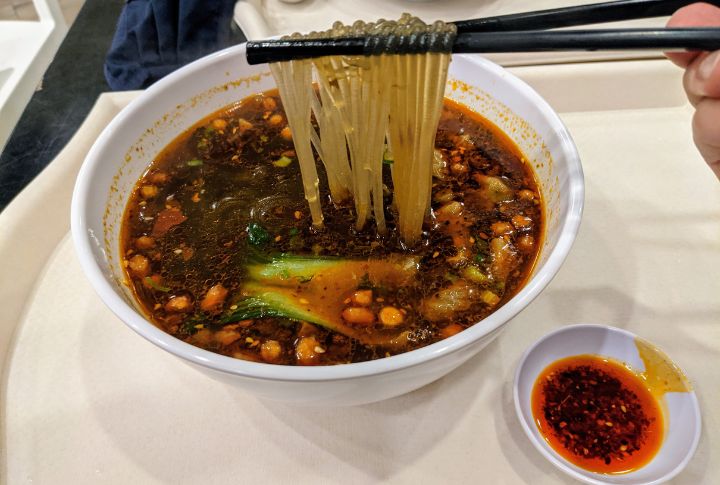
This quick-to-prepare dish is a staple in Sichuan street food. It is made from starches like sweet potato or rice and served in a broth that’s both spicy from chili oil and sour from Chinese rice vinegar. Toppings often include ground peanuts and soybeans.
Char Siu (Chinese BBQ Pork)
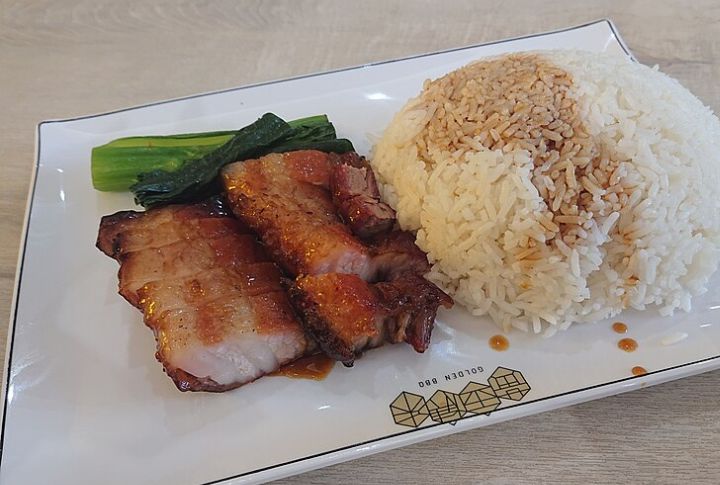
A Cantonese delicacy, Char Siu involves marinating pork in a broth of honey, five-spice powder, and fermented tofu. Some variations include dark soy sauce and hoisin sauce before roasting the combination to achieve a savory glaze. The result is tender, flavorful meat with a characteristic reddish hue, which is enjoyed with rice.
Dan Dan Noodles

Traditionally, this recipe was sold by street vendors carrying poles (dan dan) across their shoulders. Dan Dan Noodles originated from Sichuan and are served in a tasty sauce containing preserved vegetables and minced pork seasoned with chili oil and Sichuan pepper. The recipe offers a complex flavor profile with numbing and slightly tangy elements.
Spring Rolls
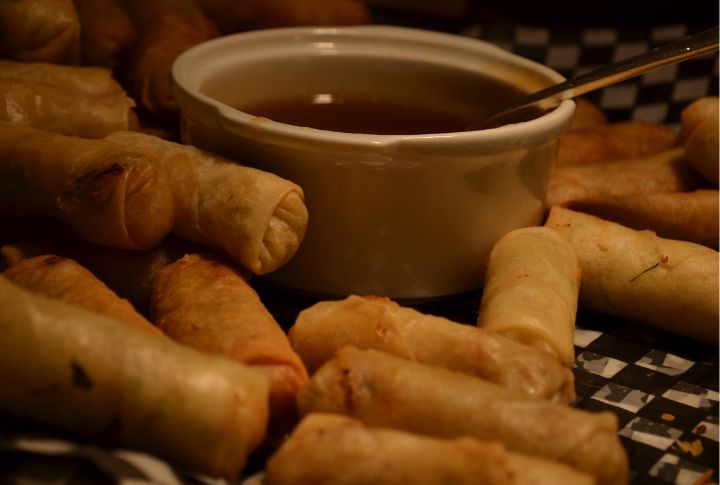
These crispy appetizers feature thin pastry wrappers filled with vegetables like cabbage, and sometimes meat or shrimp. Fried to a golden crisp, they’re served with dipping sauces like sweet chili or black vinegar with chili oil. They’re especially popular during Chinese New Year as symbols of wealth and prosperity.
Sichuan Boiled Beef
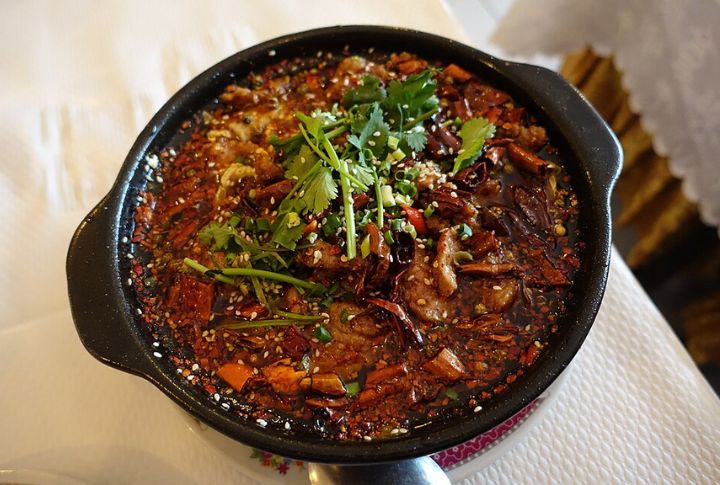
Despite its simple name, this dish offers bold flavors characteristic of Sichuan cuisine. Thinly sliced beef is poached in a spicy broth laden with Sichuan peppercorns and bean paste, then poured over a bed of vegetables. In the end, a tender, flavorful beef with a numbing heat is served.
Salt And Pepper Shrimp
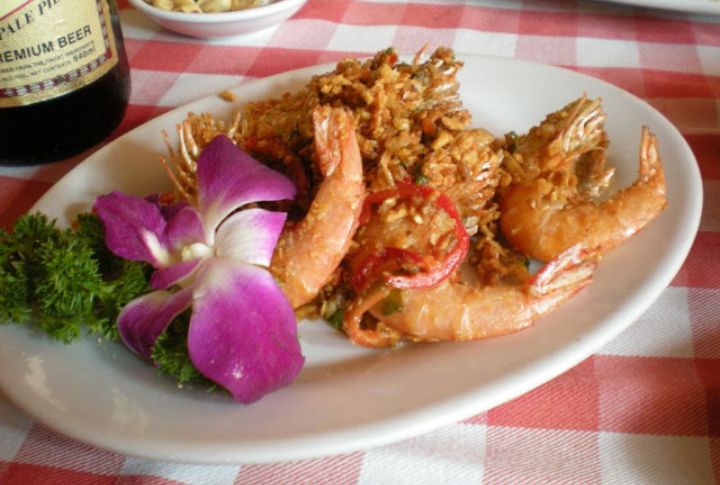
This Cantonese dish features shrimp lightly coated in starch, fried until crispy, and tossed with a flavorful mix of salt and white pepper. It is often served with a side of steamed rice to balance the flavors. The simplicity of the seasoning highlights the natural sweetness of the shrimp, making it a popular choice for seafood lovers.
Chinese Crepe (Jian Bing)
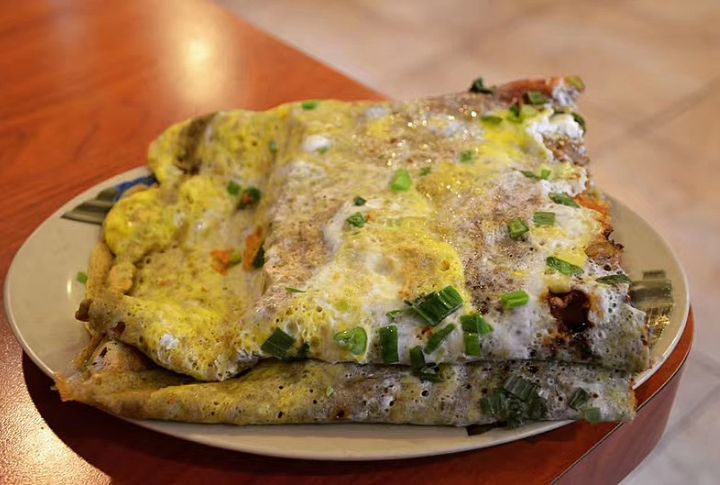
Demand for this recipe has made it one of China’s most popular street food breakfasts. The batter, made from wheat flour and mung bean flour, is spread thinly onto a hot griddle before the surface is covered in scrambled eggs. Fillings include wonton sheets and fermented soybean paste. Hoisin sauce is also added in some cases.
Hot And Sour Napa Cabbage
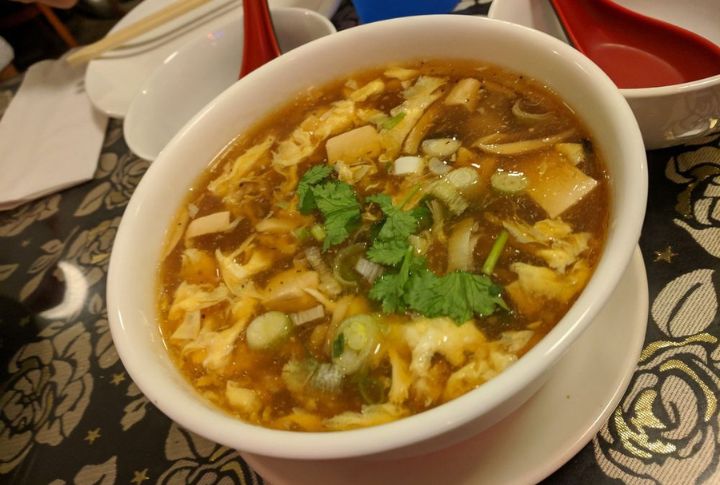
In this recipe, napa cabbage is paired with a combination of dried chili peppers and vinegar. First, the cabbage is stir-fried over high heat and allowed to absorb the spicy flavors of the seasonings. Rice vinegar is added to enhance the dish’s sourness, while the dried chilies provide a lingering heat.
Fish-Flavored Shredded Pork (Yu Xiang Rou Si)
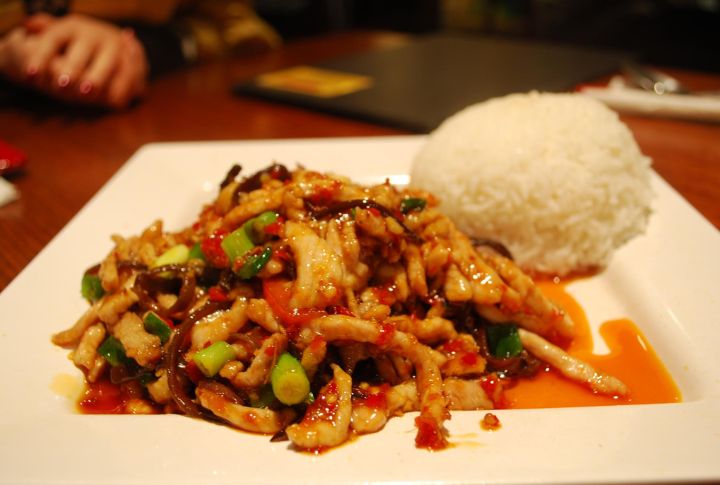
Despite its misleading name, Fish-Flavored Shredded Pork, or Yu Xiang Rou Si, contains no seafood. Instead, the dish is named after the “fish-fragrance” seasoning used. Thin pork strips are stir-fried with bamboo shoots, wood ear mushrooms, and bell peppers and left to absorb the spicy and savory sauce.
Tomato And Egg Stir-Fry
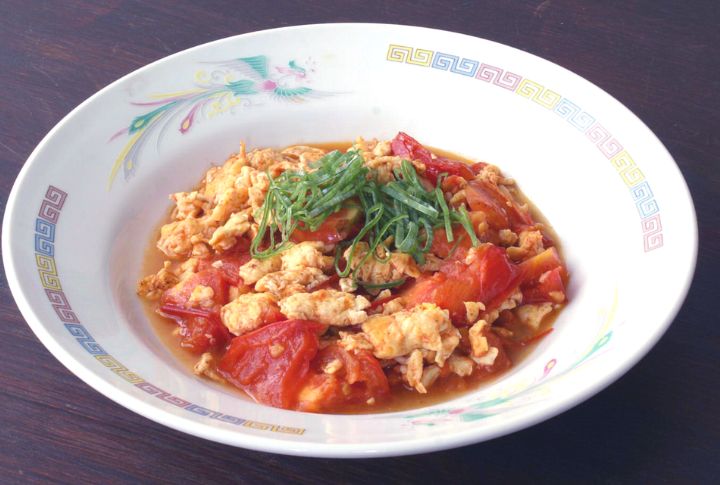
A simple yet beloved dish across China, Tomato and Egg Stir-Fry combines scrambled eggs with tomatoes. It is prepared by cooking eggs until just set, then stir-frying them with tomatoes and soy sauce. This recipe is enjoyed with steamed rice and is popular among students due to its affordability and ease of preparation.
Lion’s Head Meatballs
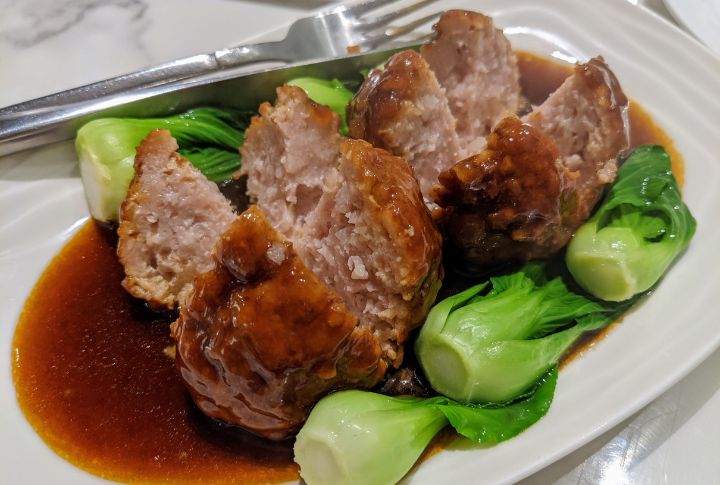
The name derives from the dish’s presentation, which resembles a lion’s head with cabbage acting as the mane. A hallmark of Huaiyang cuisine from Jiangsu province, the recipe consists of large, tender pork meatballs braised with napa cabbage. The meatballs are seasoned with ginger and Shaoxing wine and slowly cooked to achieve a melt-in-the-mouth texture.
Soy Sauce Chicken
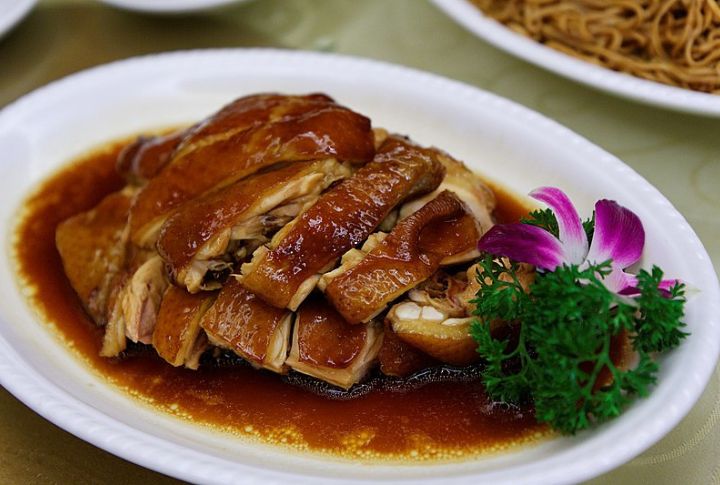
Soy Sauce Chicken is known for its flavorful skin and tender meat. Some chicken is poached in a savory-sweet broth made from soy sauce and rock sugar. Spices like ginger and garlic are sometimes added. Slowly simmering the mix allows the flavors to penetrate the meat. Afterward, the chicken is air-dried to achieve a firmer texture.
Beggar’s Chicken
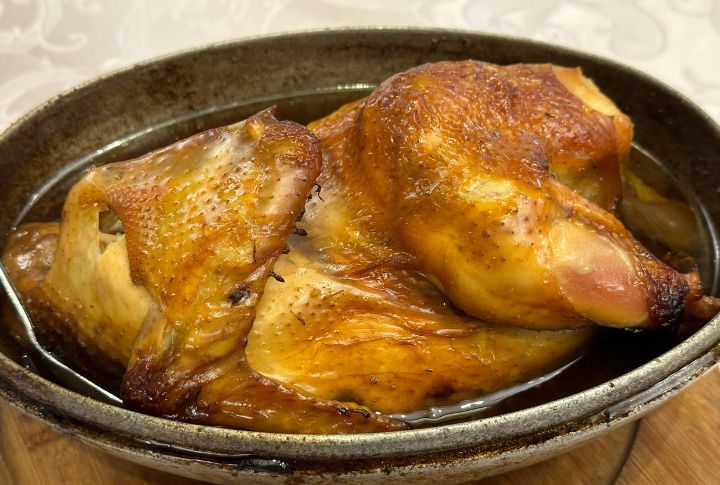
Chinese legend has it that Beggar’s Chicken was created by a beggar who wrapped a chicken in clay and cooked it in a fire. The whole chicken is first marinated with Shaoxing wine and aromatic spices. It is then wrapped in lotus leaves, encased in clay or a dough crust, and slow-baked for several hours.
Twice-Cooked Pork

Another Sichuan specialty, Twice-Cooked Pork, gets its name from its two-step cooking process. First, a slab of pork belly is simmered with ginger and scallions until tender, after which it is allowed to cool before it’s sliced into thin pieces. The second step involves stir-frying the pork with green bell peppers and doubanjiang (fermented broad bean paste).
Tea-Smoked Duck
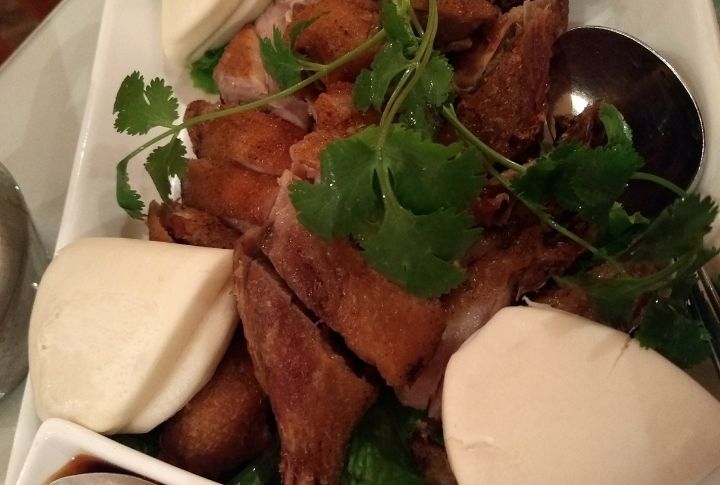
This Sichuan cuisine is prepared by marinating the duck with soy sauce and five-spice powder to enhance its taste. After that, it is steamed until tender. In the final step, the duck is placed over a smoking mixture of black tea leaves and camphor wood, giving it a distinct smoky aroma.
Red-Cooked Pork
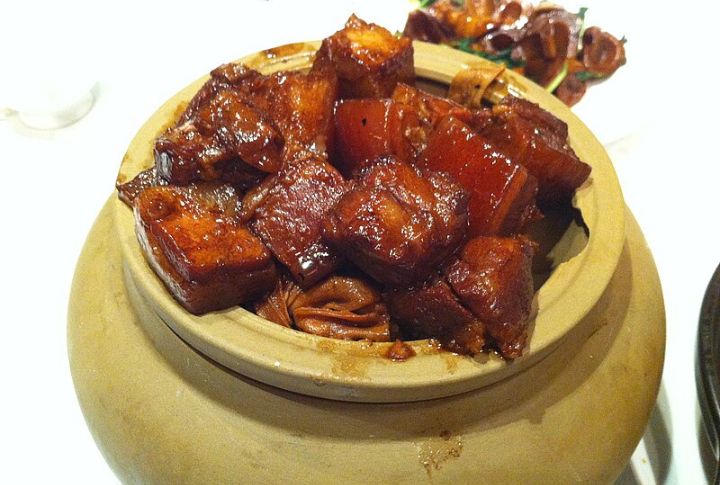
Jiangsu and Shanghai provinces are hotspots of this recipe. Also called “Hong Shao Rou,” Red-Cooked Pork features pork belly braised in a mixture of dark soy sauce, rock sugar, Shaoxing wine, and aromatic spices. It is slowly simmered to allow the fat to render. Some variations include hard-boiled eggs or tofu, which absorb the flavorful braising liquid.
Leave a comment